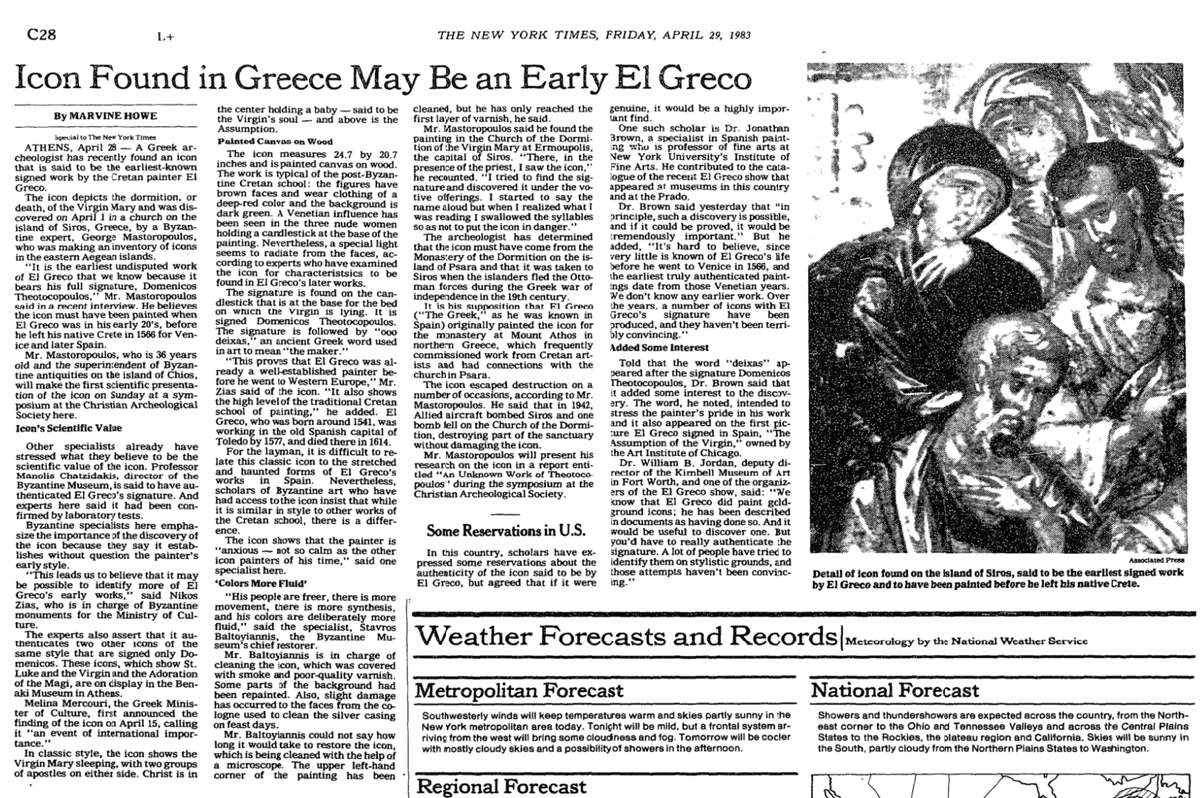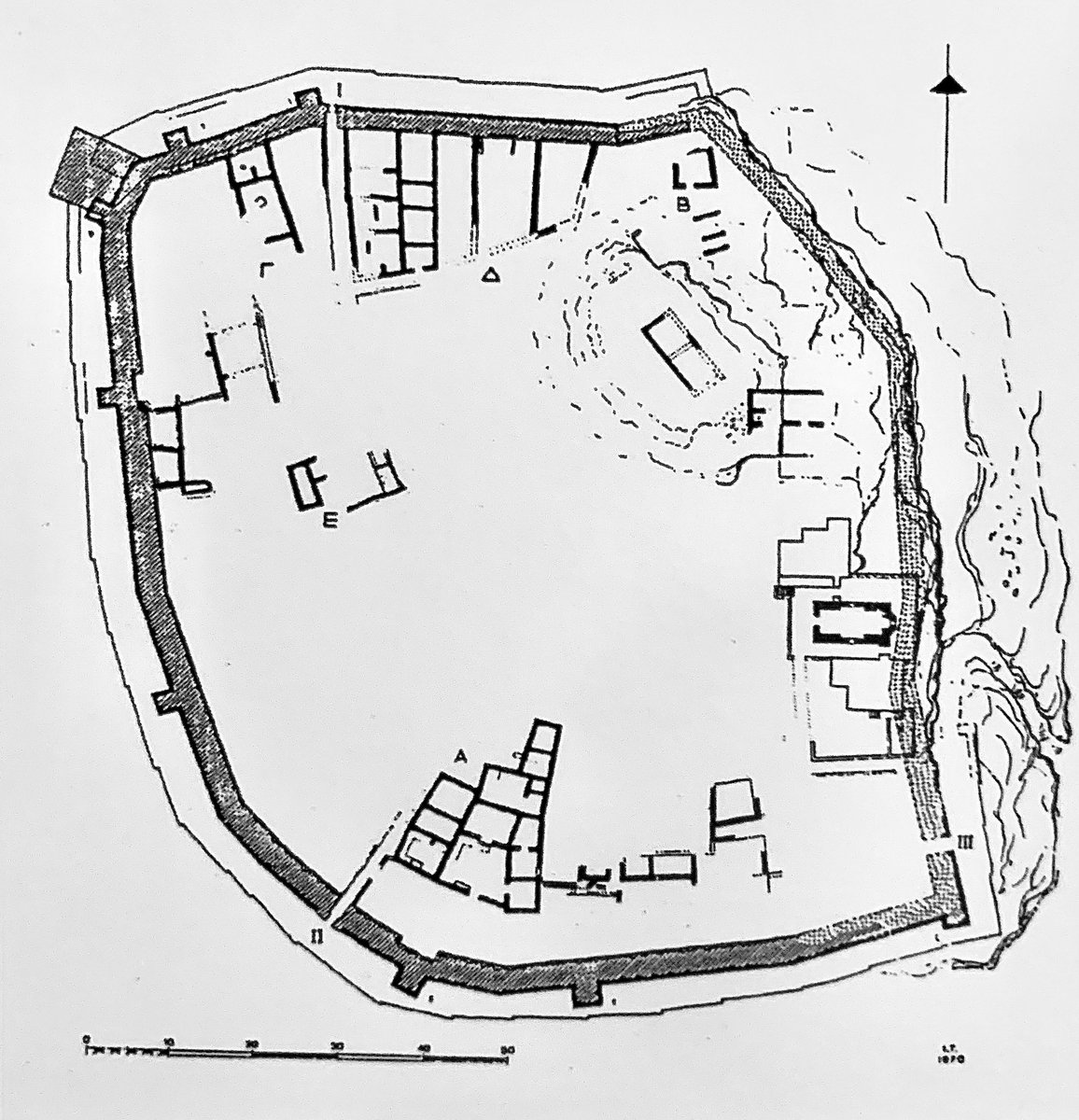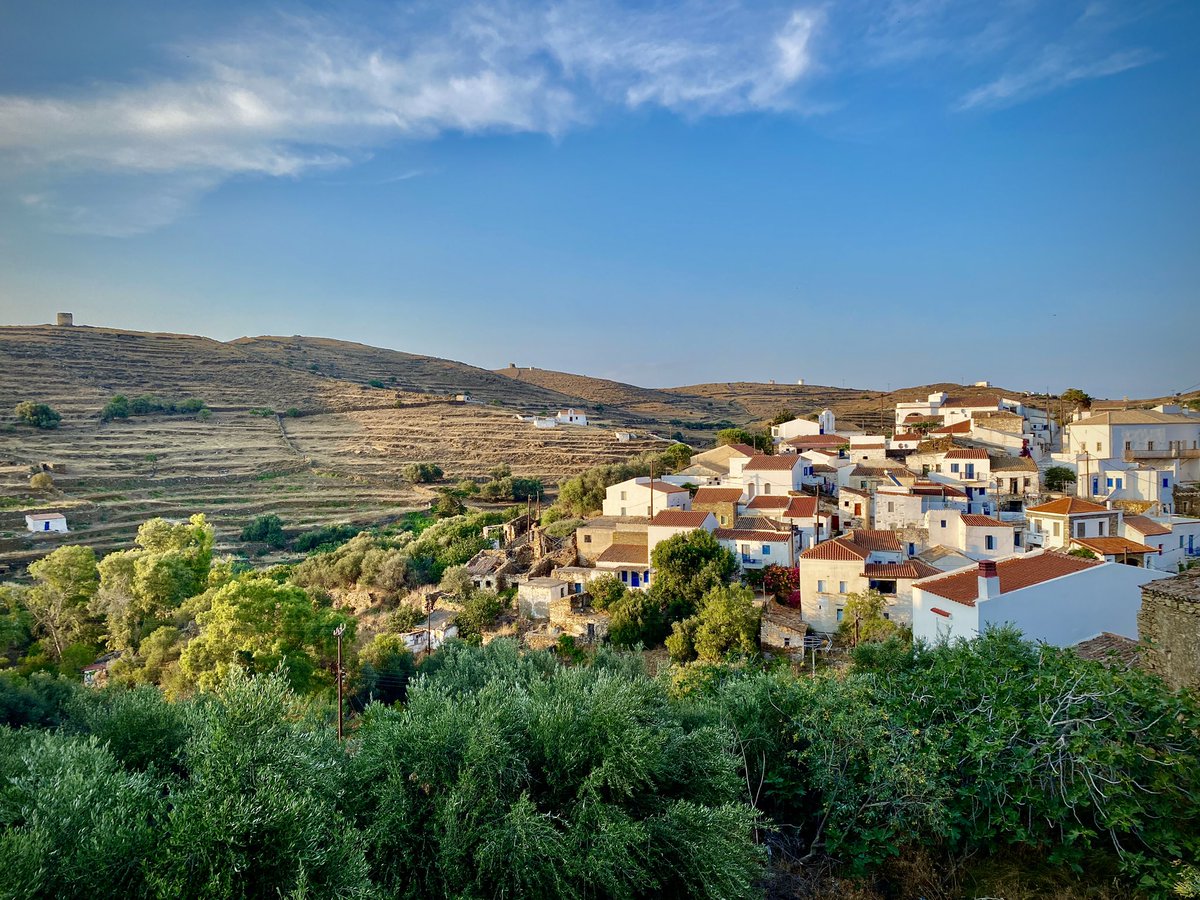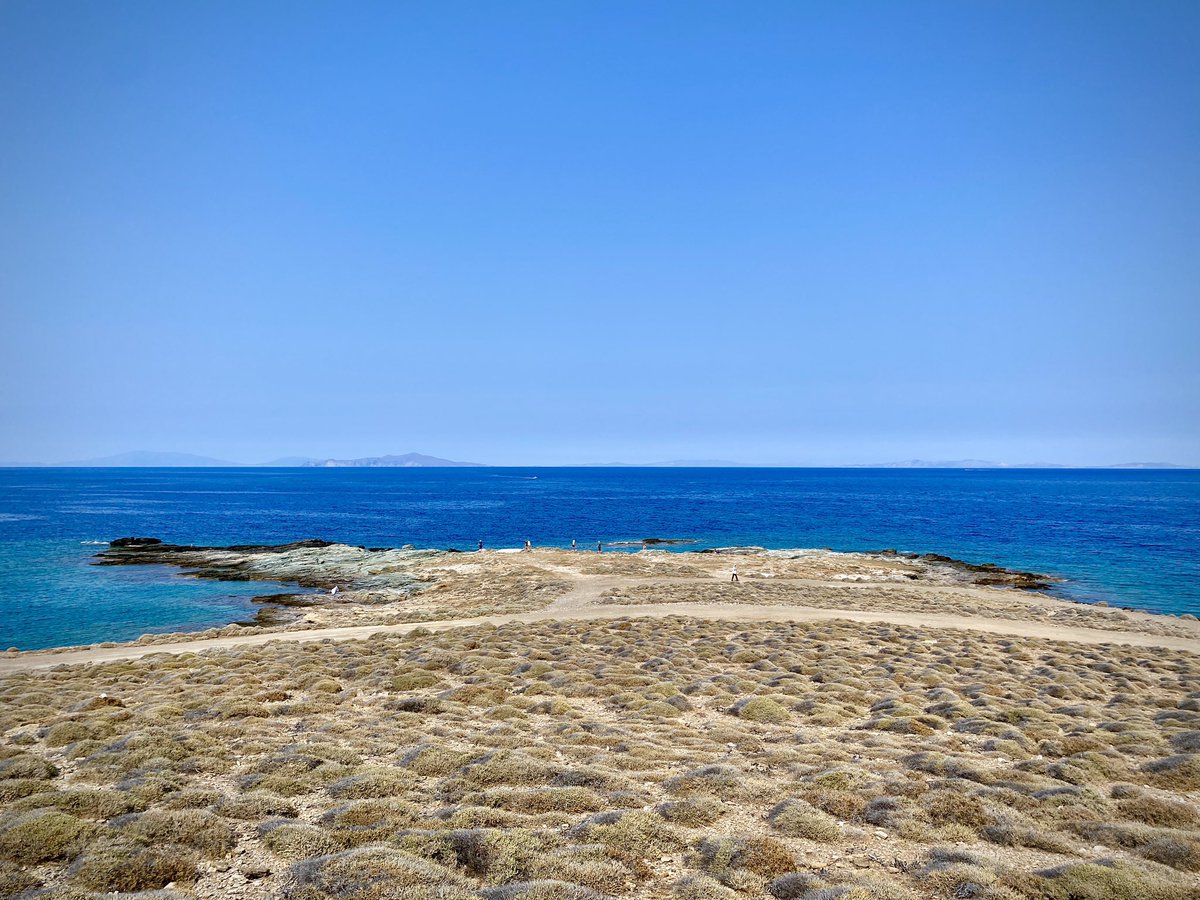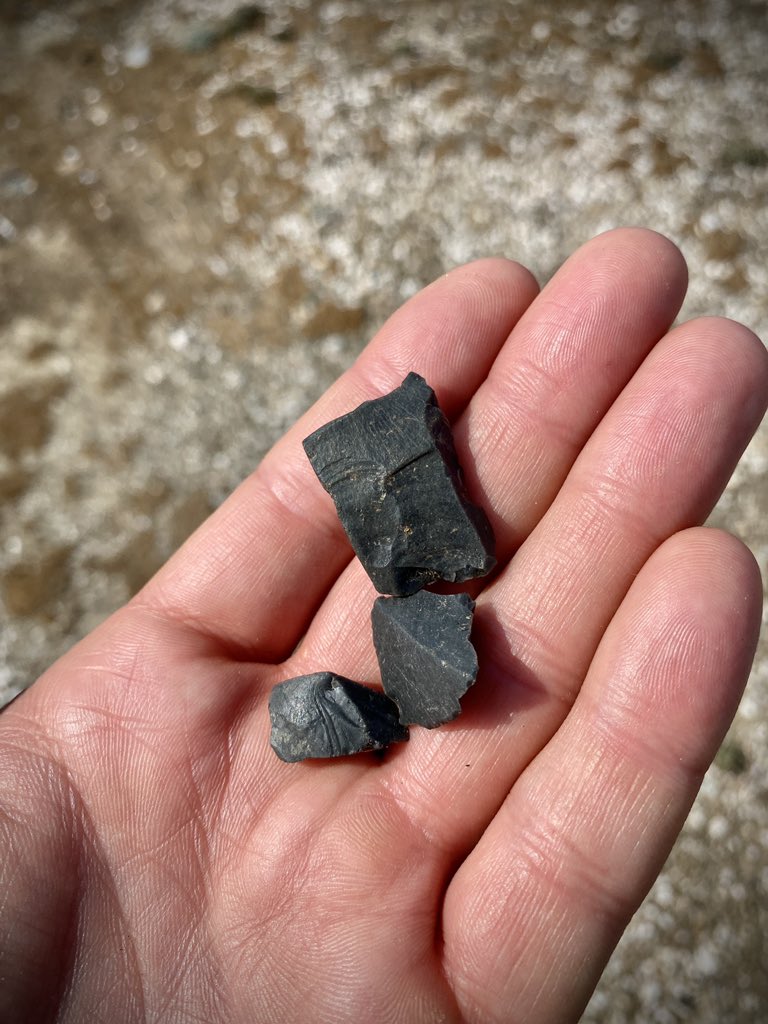The Torlonia Marbles are on display for the first time in 50 yrs & yesterday I had the chance to see them!
A masterpiece collection with an incredible history, read on for a #THREAD on the exhibition, the collection, & some of my favorites!
1/
#rome #archaeology @museiincomune




A masterpiece collection with an incredible history, read on for a #THREAD on the exhibition, the collection, & some of my favorites!
1/
#rome #archaeology @museiincomune




2/17 What’s all the fuss about? When Alessandro Torlonia dissolved the Museo Torlonia in 1976, one of the most famous collections of ancient sculpture disappeared from public view.
Now, 92 of the 620(!) sculptures from the collection are on display at the Museo Capitolini!

Now, 92 of the 620(!) sculptures from the collection are on display at the Museo Capitolini!


3/17 The collection itself has an incredible history, acquired by the Torlonia family from other Italian noble families like the Giustiniani in the early 19th century.
However, the modern history of some of these objects stretches back to the 1500s, recorded by artists in Rome!

However, the modern history of some of these objects stretches back to the 1500s, recorded by artists in Rome!


4/17 You’ll see that many of these sculptures seem unbroken, that’s because they were heavily restored since the 16th c.—something that has thankfully gone out of fashion!
I wish that this fragmentary Herakles—the final object in the exhibition—had been at the beginning!
I wish that this fragmentary Herakles—the final object in the exhibition—had been at the beginning!

5/17 The statue is a mixture of original sculpture (torso), reworked ancient material (head) and 18th c. restorations (hands).
Unlike the rest of the collection, the seams are left visible, introducing viewers (with the help of a diagram) to the true nature of these objects!

Unlike the rest of the collection, the seams are left visible, introducing viewers (with the help of a diagram) to the true nature of these objects!


6/17 Other objects, like this incredible statue of the personified Nile River expertly hide the fact that the sculpture is almost entirely restored!
Only the front of the torso is original, the head is a recarved piece of ancient stone & the rest of the sculpture is modern!
Only the front of the torso is original, the head is a recarved piece of ancient stone & the rest of the sculpture is modern!

7/17 But don’t bemoan these restorations too much, they’re artistic masterpieces in themselves, sometimes by recognized masters!
Can you tell which of these copies of the Modest Venus is entirely original, and which was restored around 1620 by none other than Pietro Bernini?!

Can you tell which of these copies of the Modest Venus is entirely original, and which was restored around 1620 by none other than Pietro Bernini?!


8/17 Oftentimes, these restorations are more understated, with modern busts carved to hold ancient portraits—which brings us to some of the most famous pieces in the collection!
The Old Man of Otricoli—this incredible veristic portrait of a republican patrician—is one example!
The Old Man of Otricoli—this incredible veristic portrait of a republican patrician—is one example!
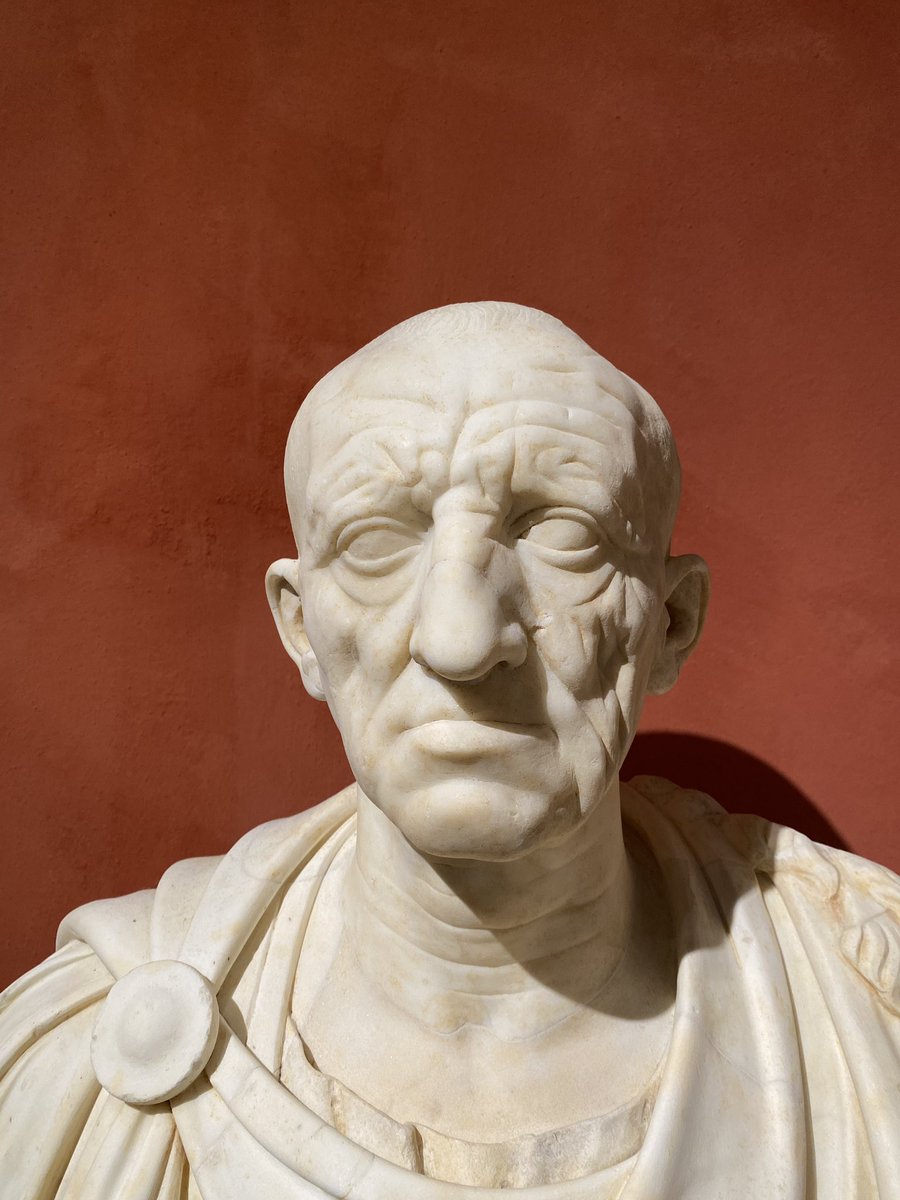
9/17 Of course, this could go in the opposite direction! My favorite piece in the exhibition is this portrait, perhaps of a Hellenistic Bactrian king.
Hints of drapery at the shoulders indicate that it was probably cut away from a complete statue for display as a bust!
Hints of drapery at the shoulders indicate that it was probably cut away from a complete statue for display as a bust!

10/17 Busts dominate the Torlonia Collection, and the exhibition strives to display a range of portraits—a synthetic approach that mirrors the comprehensive collection strategies of ancient and modern enthusiasts!
Here’s a selection of everyone’s favorite Romans!
Here’s a selection of everyone’s favorite Romans!
11/17 The Torlonia Collection isn’t just about sculpture in the round, & some of the most famous pieces are reliefs!
You might have heard of the Portus Relief, a celebration of Roman horror vacui & a great reminder that all of these sculptures would have been brightly painted!
You might have heard of the Portus Relief, a celebration of Roman horror vacui & a great reminder that all of these sculptures would have been brightly painted!

12/17 Another highlight of relief is this sarcophagus, intricately decorated with Herakles performing his labors!
Many of the scenes were inspired by famous ancient sculptures of the hero, even including a tiny Herakles Epitrapezios on the lid! Can you recognize the others!?
Many of the scenes were inspired by famous ancient sculptures of the hero, even including a tiny Herakles Epitrapezios on the lid! Can you recognize the others!?
13/17 Speaking of Herakles, standing on my tiptoes near this enormous basin depicting his labors brought the biggest surprise in the exhibition!
Hidden on the interior of the Albani Vase is a huge portrait of the gorgon Medusa, a restoration following an ancient predecessor!
Hidden on the interior of the Albani Vase is a huge portrait of the gorgon Medusa, a restoration following an ancient predecessor!
14/17 Let’s get back to the statues!
Small statues meant for the gardens of Roman elite villas are found throughout the exhibition, often depicting mythological scenes.
Here’s everyone’s favorite moment in the Odyssey, when our hero clings to a ram to escape the cyclops’ cave!

Small statues meant for the gardens of Roman elite villas are found throughout the exhibition, often depicting mythological scenes.
Here’s everyone’s favorite moment in the Odyssey, when our hero clings to a ram to escape the cyclops’ cave!


15/17 Maybe the most macabre mythological scene, this pair of small statues portrays Apollo holding the flayed skin of the satyr Marsyas after an ill-advised musical competition!
Heavily restored today, this pair remains spectacularly striking!


Heavily restored today, this pair remains spectacularly striking!



16/17 I’ll lighten the mood with this final sculpture, a wonderful little goat with an incredible story.
One of the first pieces in the Giustiniani Collection, it was clearly a family favorite: the Marquis entrusted its restoration (head) to none other than Gian Lorenzo Bernini!

One of the first pieces in the Giustiniani Collection, it was clearly a family favorite: the Marquis entrusted its restoration (head) to none other than Gian Lorenzo Bernini!

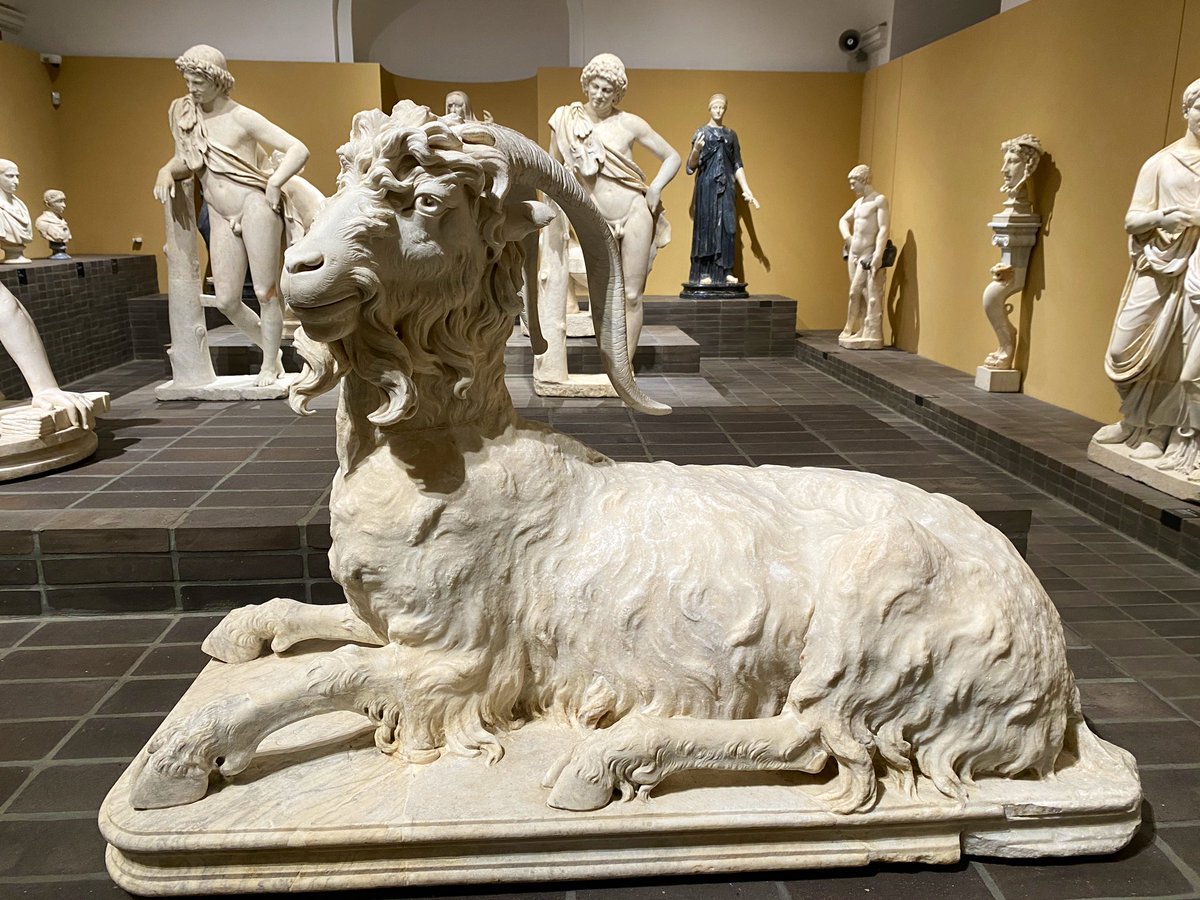
17/17 Of course, all this only scratches the surface of the 92 pieces on display at the Musei Capitolini!
Plan a visit next time you’re in Rome, but don’t worry if you can’t make it: the collection is slated to go on tour soon, hopefully to a #museum near you!



Plan a visit next time you’re in Rome, but don’t worry if you can’t make it: the collection is slated to go on tour soon, hopefully to a #museum near you!




• • •
Missing some Tweet in this thread? You can try to
force a refresh










